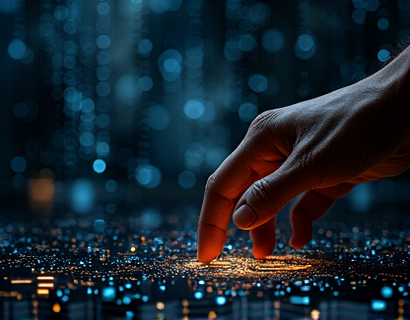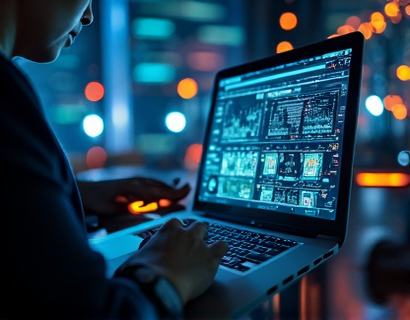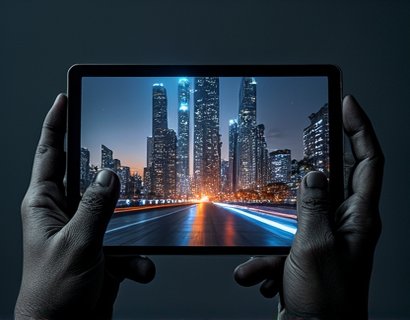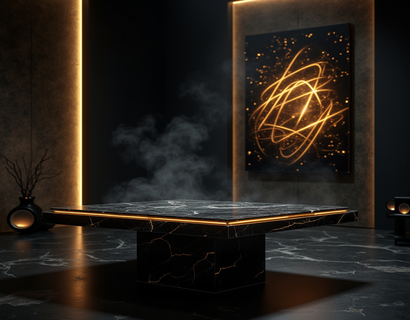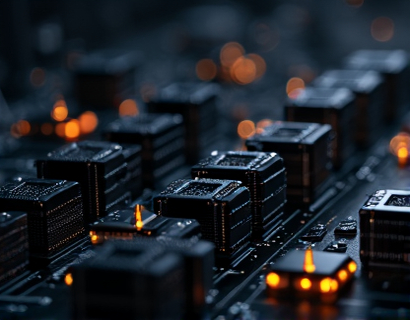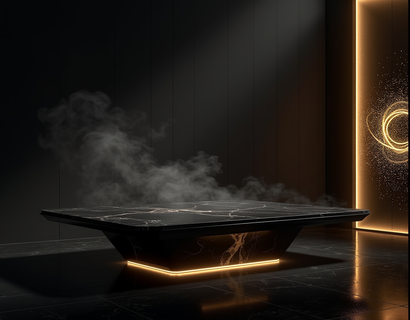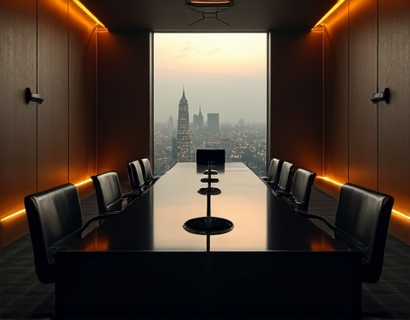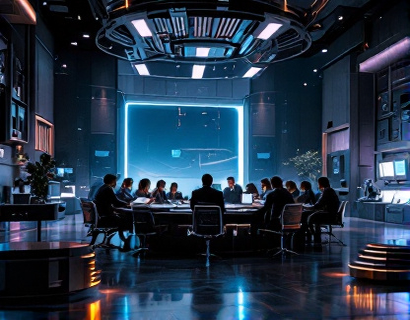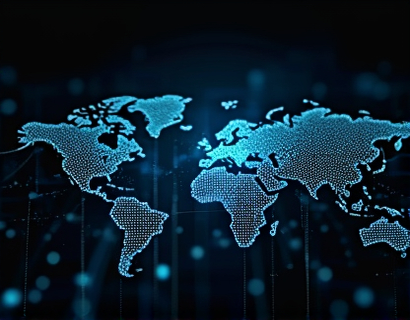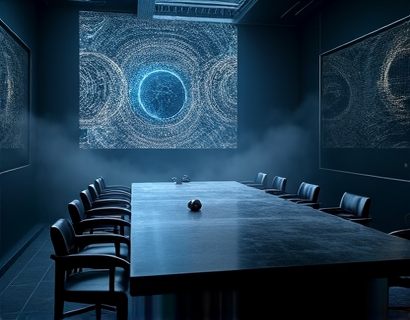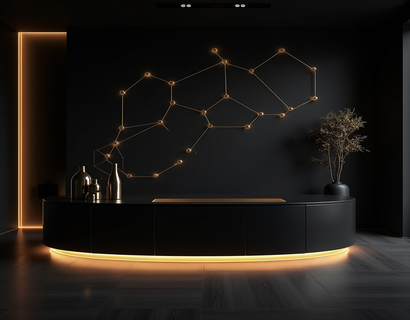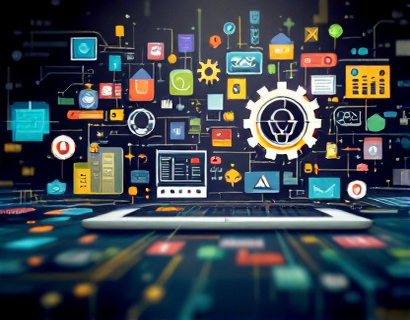Mastering Personalized Embroidery: A Comprehensive Guide to Custom Fashion and Home Decor
Personalized embroidery has become an art form that allows individuals to express their unique style and creativity through custom fashion and home decor items. This guide delves into the world of embroidery, exploring its history, techniques, and the process of creating bespoke pieces that stand out. Whether you are a fashion enthusiast or a home decor aficionado, understanding the intricacies of personalized embroidery can elevate your personal style and transform ordinary items into extraordinary treasures.
History of Embroidery
Embroidery dates back thousands of years, with evidence of its presence in ancient civilizations such as Egypt, China, and Greece. Initially, embroidery served practical purposes, like reinforcing seams and adding warmth to garments. Over time, it evolved into an art form, with intricate designs and patterns that reflected cultural heritage and social status. In medieval Europe, embroidery was a sign of wealth and prestige, often performed by skilled artisans in royal courts. The art form spread across continents, adapting to local styles and materials, resulting in a rich tapestry of embroidery traditions worldwide.
Types of Embroidery Techniques
There are numerous embroidery techniques, each with its unique characteristics and applications. Some of the most common techniques include:
- Satin Stitch: A continuous line of stitches that creates smooth, rounded areas, often used for filling and outlining.
- French Knots: Small, raised stitches that add texture and dimension to designs.
- Backstitch: A strong, linear stitch used for outlining and creating fine details.
- Chain Stitch: A looped stitch that forms a chain-like pattern, ideal for borders and decorative elements.
- Buttonhole Stitch: A zigzag stitch used for edging and creating decorative lines.
- Couching: A technique where a thread is laid down and secured with another thread, often used for appliqué and adding embellishments.
Each technique requires skill and practice, but mastering them can open up a world of creative possibilities. The choice of technique often depends on the desired effect, the fabric type, and the complexity of the design.
Materials Used in Embroidery
The quality of materials significantly impacts the final product's appearance and durability. Key materials include:
- Thread: Cotton, silk, and polyester are popular choices, each offering different textures and strengths. Silk thread, for instance, provides a lustrous finish, while cotton is more versatile and easier to work with.
- Fabric: Common fabrics for embroidery include cotton, linen, and silk. Cotton is favored for its durability and ease of use, linen for its texture and stiffness, and silk for its elegance and sheen.
- Hoop or Frame: Essential tools for keeping the fabric taut during embroidery, hoops and frames come in various sizes to accommodate different project needs.
- Embroidery Floss: A type of thread specifically designed for embroidery, available in a wide range of colors and finishes.
- Embroidery Needles: Different needle types are used for various stitches and fabrics. Sharper needles work better for fine details, while thicker needles are suitable for heavier fabrics.
Selecting the right materials is crucial for achieving the desired outcome. High-quality threads and fabrics ensure that the embroidery remains vibrant and durable over time.
Designing Personalized Embroidery
Designing a personalized embroidery piece involves several steps, from conceptualization to execution. Here’s a step-by-step guide to help you create a unique and meaningful embroidered item:
1. Conceptualization
The first step is to decide on the purpose of the embroidery. Are you creating a garment, a home decor item, or a gift? Consider the occasion, the recipient's style, and the message you want to convey. Sketch preliminary designs or gather inspiration from various sources, such as nature, art, or personal symbols.
2. Choosing the Design
Once you have a concept, refine your design. Simplify complex images into clean, embroidery-friendly outlines. Use software like Adobe Illustrator or free alternatives like Inkscape to create and edit your design. Ensure the design is scalable and suitable for the fabric and stitch type you plan to use.
3. Selecting the Fabric
Choose a fabric that complements your design and serves the purpose of the item. For apparel, consider breathability and comfort. For home decor, think about the texture and visual impact. Pre-wash the fabric to prevent shrinkage and ensure a smooth embroidery process.
4. Preparing the Fabric
Before embroidering, prepare the fabric by ironing it to remove wrinkles and creases. Use an embroidery hoop to stretch the fabric taut, which helps maintain even stitching and prevents puckering. For larger designs, consider using a embroidery frame for better control and stability.
5. Transferring the Design
Transfer your design onto the fabric using transfer paper, chalk, or a fabric pen. Ensure the design is accurately placed and scaled. For intricate designs, use a magnifying glass to ensure precision.
6. Embroidering
Begin embroidering by securing the thread with a knot at the back. Start with the outline using a backstitch or satin stitch, depending on the desired effect. Fill in the design with the chosen stitch, working from the center outwards to maintain even tension. Use French knots or other decorative stitches to add texture and dimension.
Take your time and work methodically to achieve the best results. Regularly check your progress and make adjustments as needed. Embroidery can be time-consuming, but the end result is well worth the effort.
7. Finishing Touches
Once the embroidery is complete, carefully remove the fabric from the hoop or frame. Trim any excess thread and finish the edges if necessary. If the item is a garment, follow the manufacturer’s instructions for washing and caring for the embroidered area to preserve the design.
Personalized embroidery allows for endless creativity and personalization. Whether you’re adding a monogram to a handkerchief, a floral pattern to a pillow, or a meaningful quote to a jacket, the possibilities are vast.
Benefits of Personalized Embroidery
Personalized embroidery offers numerous benefits that make it a valuable addition to both fashion and home decor:
1. Uniqueness
Each embroidered piece is one-of-a-kind, reflecting the individuality of the owner. Custom designs ensure that your items stand out and are not easily replicated.
2. Personal Significance
Embroidered items can carry deep personal meaning, such as family crests, initials, or significant dates. These details transform ordinary objects into cherished keepsakes.
3. Quality and Durability
High-quality embroidery is durable and can last for generations with proper care. The craftsmanship involved ensures that the stitches remain intact and the design remains vibrant.
4. Customization
Embroidery allows for extensive customization, from color choices to stitch patterns. You can tailor the design to match your style, preferences, and the occasion.
5. Gift-Giving
Personalized embroidered items make thoughtful and unique gifts. They show that you’ve put thought and effort into the present, making them ideal for birthdays, anniversaries, and other special occasions.
Trends in Personalized Embroidery
The popularity of personalized embroidery continues to grow, driven by several trends:
1. Sustainable Fashion
As consumers become more environmentally conscious, personalized embroidery offers a sustainable alternative to fast fashion. Custom items are made to last, reducing waste and promoting a more mindful approach to consumption.
2. DIY and Maker Culture
The rise of DIY and maker culture has led to a resurgence in handcrafted items, including embroidery. Many people are embracing the process of creating their own personalized pieces, fostering a sense of community and skill-sharing.
3. Nostalgia and Vintage Aesthetics
There is a growing appreciation for vintage and nostalgic designs in embroidery. Classic patterns and traditional techniques are being reinterpreted in modern contexts, blending the old with the new.
4. Digital Integration
Technology is enhancing the embroidery process, with digital design tools and automated embroidery machines making it easier to create complex designs. However, the artisanal aspect remains a key appeal for many enthusiasts.
Conclusion
Personalized embroidery is a versatile and timeless art form that combines creativity, craftsmanship, and personal expression. Whether you’re looking to enhance your wardrobe, decorate your home, or create unique gifts, embroidery offers endless possibilities. By understanding the techniques, materials, and design process, you can embark on a rewarding journey to create exquisite, one-of-a-kind items that reflect your individual style and values.









